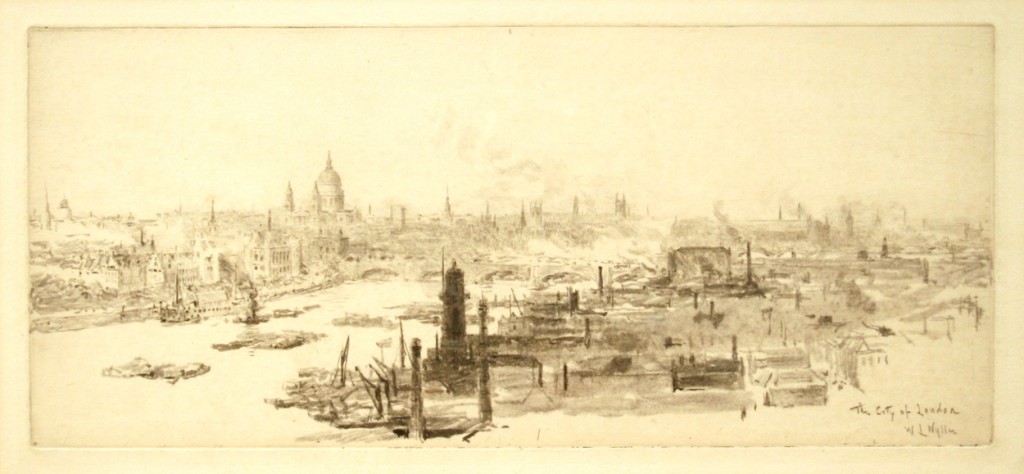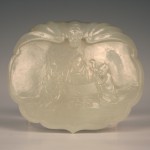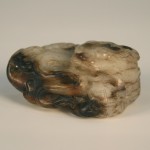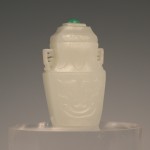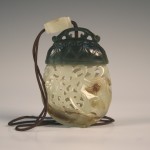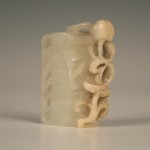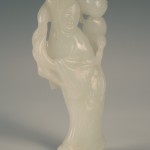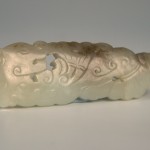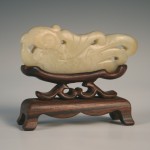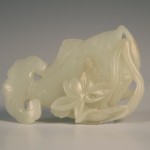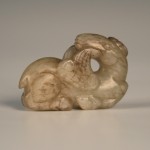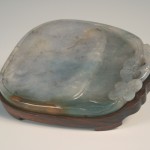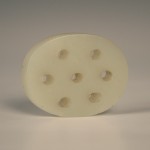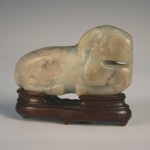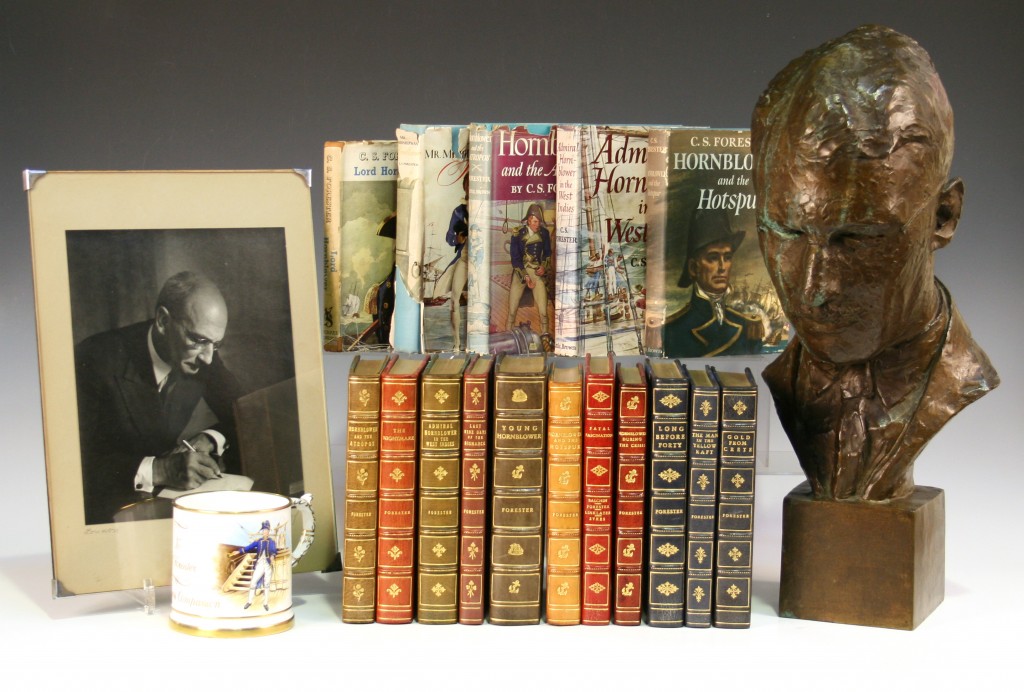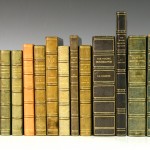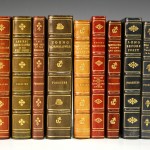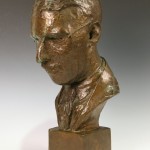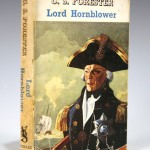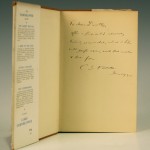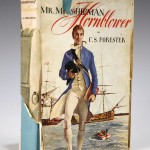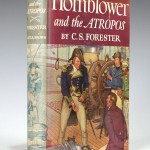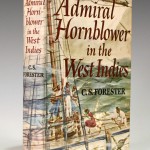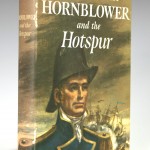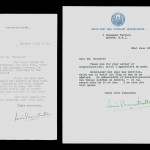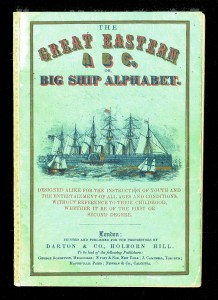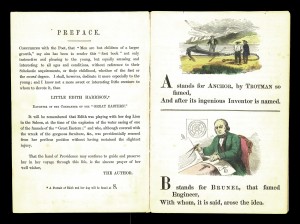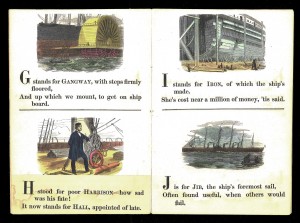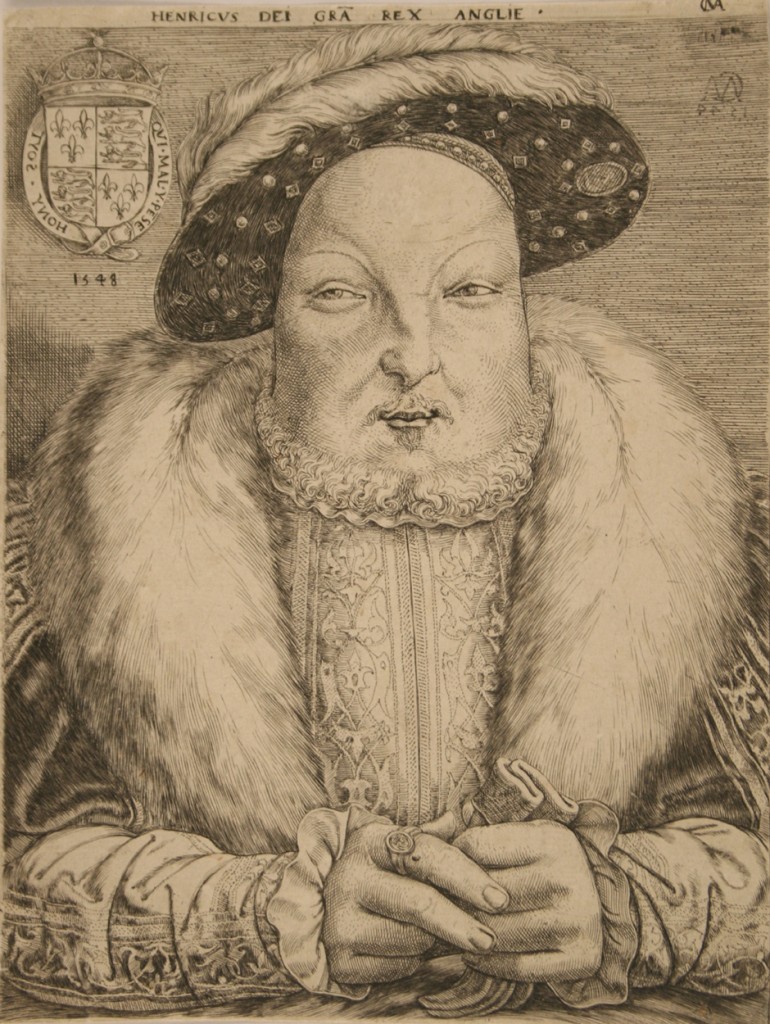
The Sale of Selected Fine Oil Paintings, Watercolours and Prints on the 21st March 2012 includes a Single-owner Collection of Portrait Prints. The collection offers works printed in the 16th, 17th, 18th and 19th centuries and relates chiefly to the royalty, nobility and notable figures of the eras.
The 75-lot collection includes an engraving by Cornelis Massijs of King Henry VIII (Lot 235). Massijs (or Massys, as his surname is sometimes spelt) was born in Antwerp but was banished from the city later in life. While living in exile in England he produced this print in 1544, which was reprinted in the year of the King’s death. It is a contemporary image of the Tudor King late in life, portraying Henry VIII with emphasis on his authority. Massijs shows his imposing figure and carefully designed clothes, wearing an elegantly embroidered doublet and a sumptuous fur collar. The full-frontal pose is probably loosely based on Hans Holbein’s portrait of the sitter a decade earlier.
Another impressive engraving in the sale (Lot 240) depicts Queen Elizabeth I standing full length, holding an orb and sceptre. Anthony Griffiths in The Print in Stuart Britain states: “This is the finest of the engraved portraits of Queen Elizabeth. It was published soon after her death in 1603, as is shown by the chronogram in the upper left.” The engraving is after Isaac Oliver, a miniaturist born in Rouen and brought to England as a child (for a portrait of the artist, see Lot 232). This print is the culmination of the partnership between Hans Woutneel in London and Crispijn van de Passe I, then in Cologne.
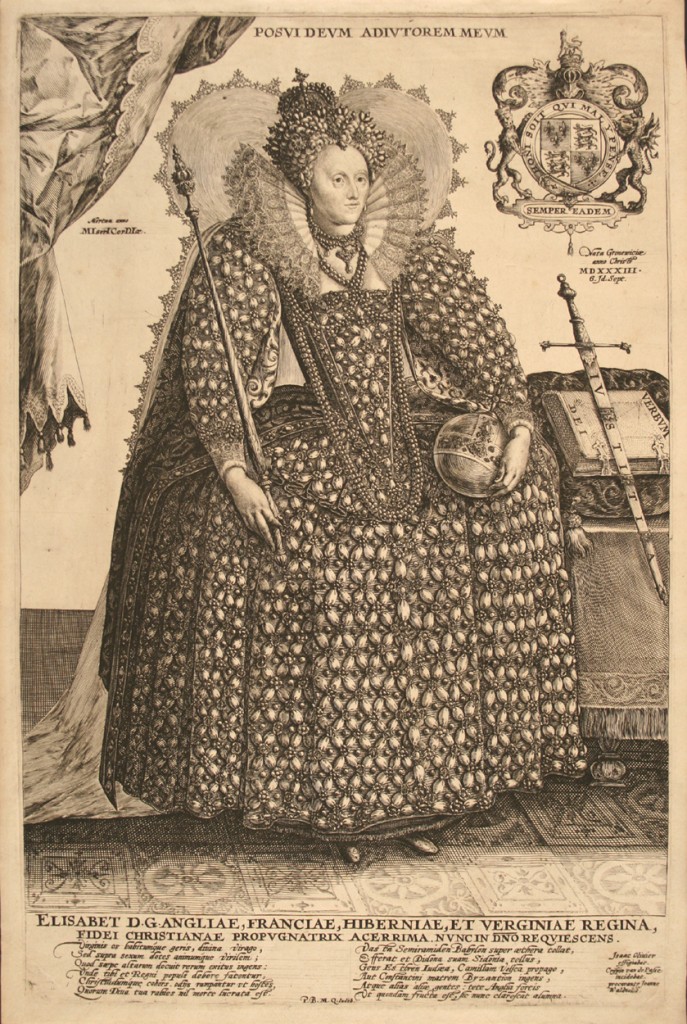
Crispijn van de Passe the Elder was a Dutch printmaker and founder of a dynasty of engravers. The second generation of van de Passe engravers – Simon, Crispijn II, Willem and Magdalena – are all also represented in the private collection, including famous images of Princess Pocahontas (Lot 251) and the Gunpowder Plot Conspirators (Lot 259). The Single-owner Collection of Portrait Prints serves almost as a Who’s Who of the 1500s onwards. The majority of the collection centres around kings, queens and their families, represented from Henry VIII to Queen Victoria. Other notable figures are also depicted in the portrait engravings, such as Richard [Dick] Whitington and his cat (Lot 233), the Elizabethan explorer Francis Drake (Lots 248, 249 & 250), Robert Dudley (Lot 246), Francis Bacon (Lot 260) and depictions of the curious character of Old Tom Parr (Lot 269), who reputedly lived to the age of 153!
This immensely interesting collection will be offered at Toovey’s Spring Gardens salerooms, just off the A24 between Worthing and Horsham, on 21st March. To view the online catalogue for the sale, or to find out viewing times, visit www.tooveys.com
